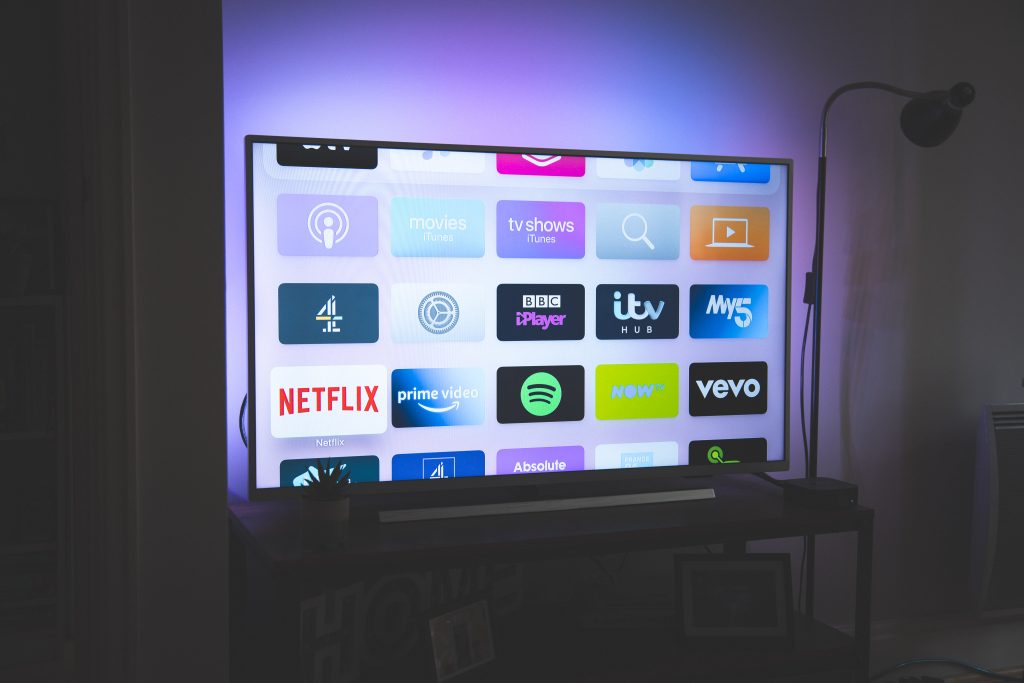Table of Contents
When it comes to household electronics, your TV is one of the biggest investments you’ll make. It isn’t just the centerpiece of your room, it’s also an invaluable resource for finding information and entertainment throughout the day. Modern smart TVs are even better for this, as they can access and display pages from the internet. Here are three things you should know before you get a new smart TV.
Look For A Lot Of Ports
Like any other modern TV, smart TVs often have very thin frames. Manufacturers may include fewer connective ports, limiting functionality for those who want to add plug-ins. Handy gadgets like Chromecast allow you to stream more from the internet, but they need a port to work. Having more ports is a great way to expand your smart TV offerings.
Entertainment is moving online, from video-on-demand streaming to other shows hosted by online websites. iGaming sites often stream game shows where users can watch and take part in real-time. The kind of interactive entertainment found in a show like MONOPOLY Big Baller is currently unique to the internet, which is why expanding your smart TV capability is important. While many smart TVs have basic online functionality out of the box, getting increased browsing speeds or proprietary content from companies like Google, Amazon, or Roku often requires a plug-in.
Many recommend investing in a soundbar to add to your smart TV. This is because smaller speakers produce bad sound quality, especially if you’re after bombastic, room-filling sound. Some soundbars can be wireless, though wired works best for sound output. Using a soundbar gets rid of one port already, so find a TV with as many ports as possible. Look for sets with four ports or more.
Know Your Specs
In the hunt for a new smart TV, you’ll get bombarded with specs like HDR, 4k, Hz, etc. Each refers to an aspect of the TV that may alter your experience, especially if you get a set that isn’t up to modern standards. Fortunately, there are some basic conventions you can follow if you’re just after a capable, middle-of-the-line smart TV that works.
First, do try to get a set that has HDR compatibility. HDR, or High Dynamic Range, enables better light contrasts and more seamless color transitions. That makes it a must for those who will be watching a lot of dramatic movies and shows on their set.
For full effect, try to get a 4k resolution set. Ignore 8k sets since most watchable media isn’t made for 8k yet, so you don’t get any added benefit. As for refresh rate, 60 Hz is okay and 120 Hz is good. Refresh rates determine how smooth motion is portrayed on-screen, which may be important for watching sports in crisp detail.
Deciding Between LCD Or OLED
Getting LCD or OLED all depends on your budget. LCD is by far the most common and affordable while still allowing for great picture quality. OLED is better, and even uses less power when running, but it’s a newer technology that comes with a hefty price tag. OLED TVs also have wider viewing angles, so image quality doesn’t suffer when viewed from a diagonal angle.
LCD is still a viable option for most people. It’s not as outdated and won’t be for quite some time. For those with a slightly larger budget, some brands offer QLED products that represent a clear middle ground between LCD and OLED. They are cheaper than OLED but can carry image quality than LCDs.





